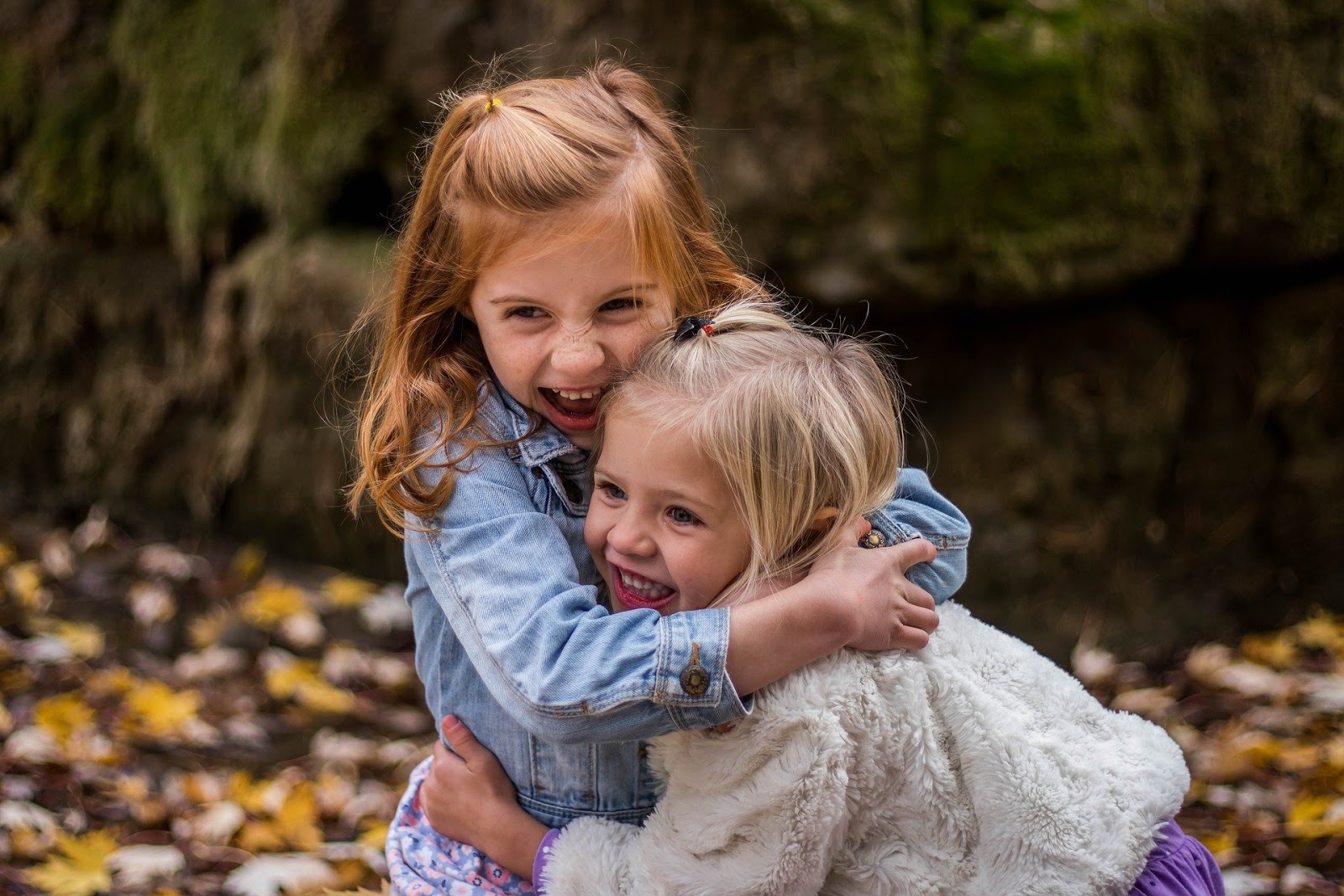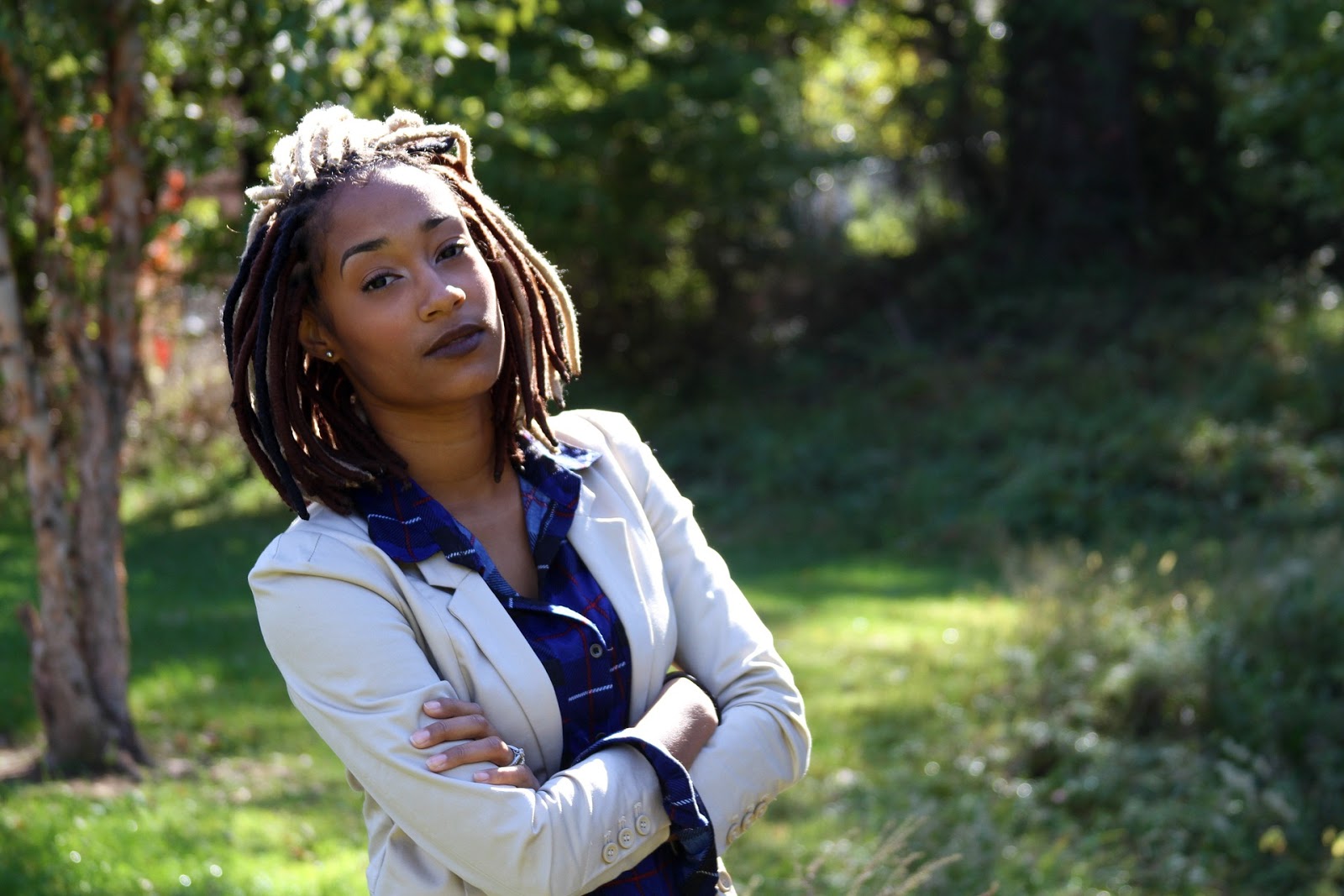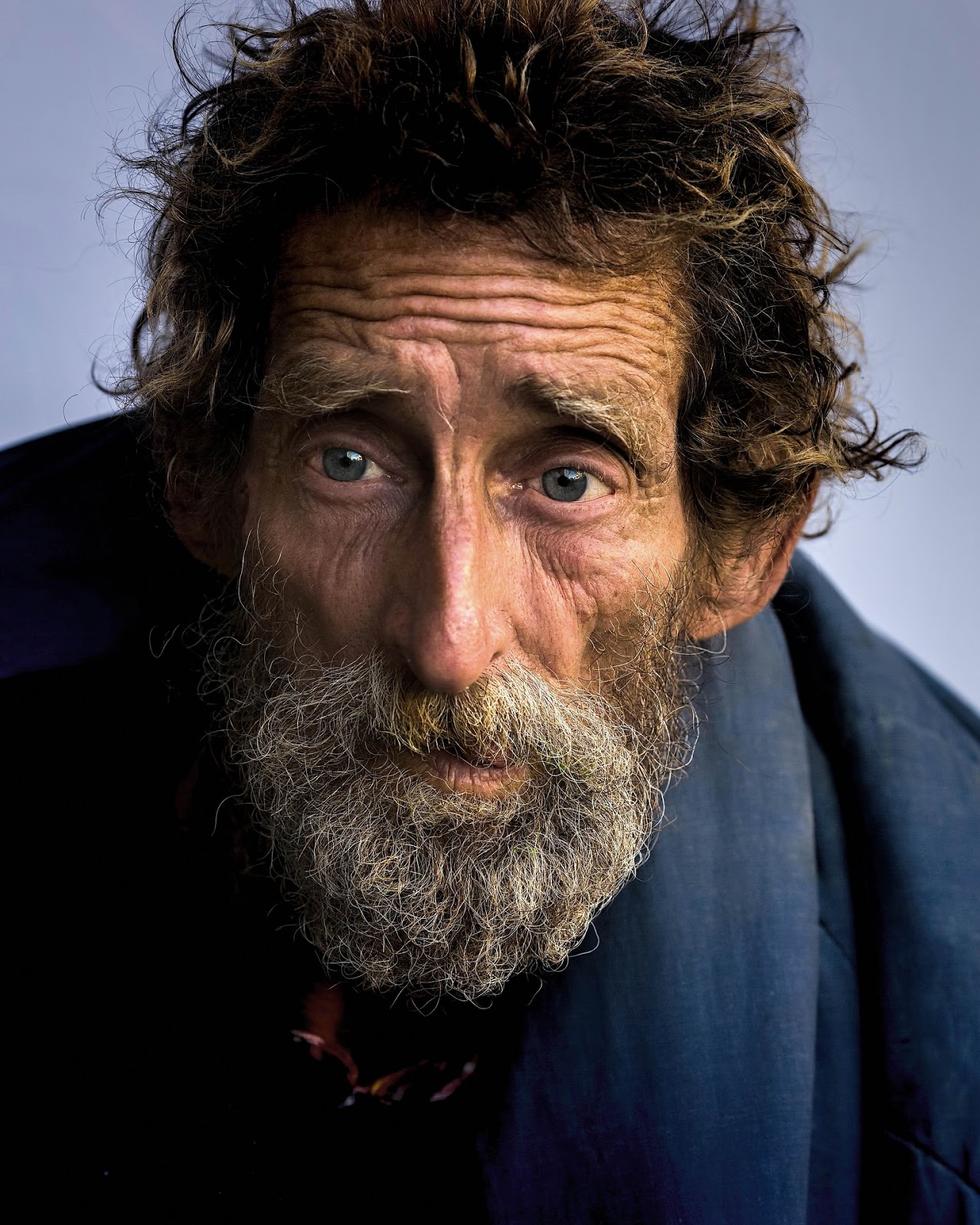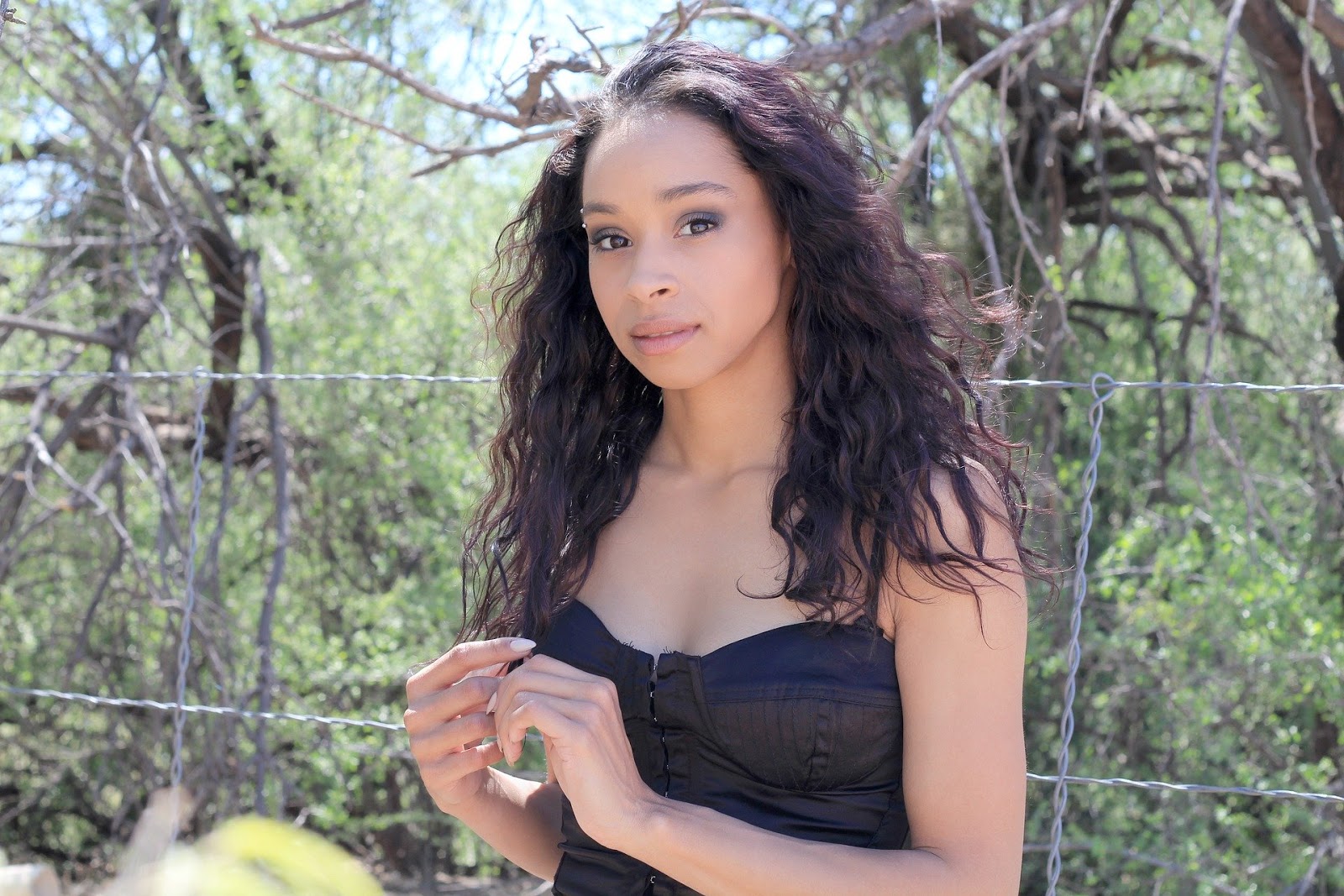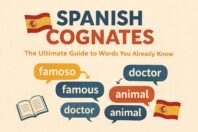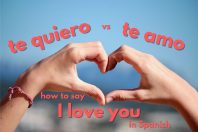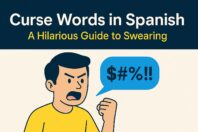Physical Descriptions in Spanish: Basic Vocabulary To Know

Get our free email course, Shortcut to Conversational.
Have conversations faster, understand people when they speak fast, and other tested tips to learn faster.
More infoKnowing how to express physical descriptions in Spanish is likely to be something that beginner students need to know sooner rather than later.
Whether it’s as simple as describing a key character in a story you’re telling, or more of a top priority like filling out your online dating profile, this post will provide a solid list of words that will help you the next time you need to describe someone in Spanish.
Before we continue, we should say that if you aren’t already familiar with adjectives in Spanish, then we recommend pausing, opening a new tab and checking out this post first. We’ve also prepared you a fun video with a lot of this Spanish vocab:
Still with us?
Good, let’s dive in.
Basics For Physical Descriptions In Spanish
Verbs to know
The most used verbs to describe people are the verbs SER (to be) and TENER (to have).
- If you aren’t sure about the differences between Ser vs Estar, read here.
- If you aren’t sure about the verb Tener, then we’ve also got you covered here.
Now, let’s take a look below to see these verbs in action.
| Personal Pronoun | Ser | English Equivalent | Tener | English
Equivalent |
| Yo | soy | I am | tengo | I have |
| Tu | eres | You are | tienes | You have |
| El, ella | es | He, she is | tiene | He, She has |
| Nosotros | somos | We are | tenemos | We have |
| Ustedes | son | You are | tienen | You have |
| Ellos | son | They are | tienen | They have |
Questions to ask
| English | Spanish |
| How is he/she? | ¿Cómo es él, ella? |
| How did they look? | ¿Cómo se veían? |
| Who does he/she look like? | ¿A quién se parece? |
| What was he/she like? | ¿Cómo era él/ella? |
| What were they like? | ¿Cómo eran ellos? |
| How is the color of his/her … ? | ¿Cómo es el color de sus …? |
| How is his / her hair? | ¿Cómo es su cabello? |
| Can you describe her/him for me? | ¿Puedes describirlo para mi? |
Describing gender and age
As you probably know, the verb tener is always used when stating someone’s age (e.g “yo tengo 28 años – I’m 28 years old).
However, you will use the verb ser when generalizing how old or young someone is.
| English | Spanish |
| Woman | Mujer |
| Man | Hombre |
| Young man | Un joven |
| Young woman | Una joven |
| A boy | Un niño |
| A girl | Una niña |
| An old man | Un hombre mayor |
| An old woman | Una mujer mayor |
| Adult | Adulto, Adulta |
Describing body shape
| English | Spanish |
| High | Alto, alta |
| Short | Bajo, baja |
| Medium | Mediano, mediana |
| Thin | Delgado, delgada |
| Obese | Obeso, obesa |
| Fat | Gordo, gorda |
| Muscular | Musculoso, musculosa |
Describing hair
| English | Spanish |
| Bald | Calvo |
| Short hair | Cabello corto |
| Medium hair | Cabello medio |
| Long hair | Cabello largo |
| Black hair | Cabello negro |
| Red hair | Pelirrojo |
| Grey hair | Canoso, canosa |
| Blonde hair | Cabello rubio |
| Dyed hair | Cabello teñido |
| Curly hair | Cabello rizado |
| Straight hair | Cabello liso |
| Straight hair | Cabello ondulado |
| Braided hair | Cabello con trenzas |
| Dreadlocks hair | Cabello con rastas |
Describing skin
| English | Spanish |
| White skin | Blanco |
| Brown skin | Moreno |
| Black skin | Piel oscura, raza negra |
| Asian | Asiático |
| Albino | Albino, albina |
| Pale | Palido |
Sidenote: In Latin America, the words “negro/negra” are commonly used as a term of endearment to refer to a black man or woman, normally when speaking to a friend or partner. Although it’s not seen as an offensive term to use, under the wrong context it could be interpreted as an insult, so make sure not to use it lightly.
Describing someone’s face
| English | Spanish |
| Big eyes | Ojos grandes |
| Small eyes | Ojos pequeños |
| Asian eyes | Ojos asiáticos |
| Small / Big nose | Nariz pequeña / grande |
| Big / small lips | Labios grandes / pequeños |
| Big/small ears | Orejas Gradnes / pequeñas |
| Long nose | Nariz alargada |
Describing distinctive characteristics
| English | Spanish |
| Tattoos | Tatuajes |
| Scar, Scars | Cicatriz – Cicatrices |
| Mole, moles | Lunar, lunares |
| Freckles | Pecas |
| Birthmark | Marca de nacimiento or Lunar |
| Beard | Barba |
| Moustache | Bigote |
| Sideburns | Patillas |
| Warts | Verrugas |
| Wrinkles | Arrugas |
| Lame | Cojo |
| One-eyed | Tuerto |
| One-handed | Manco |
So, how do I describe myself?
Of course, knowing how to describe your own physical appearance in Spanish is also worth learning.
The formula is very simple, and for the most part, translates directly from what you would say in English.
YO + tengo/soy + part of the body + adjective
Examples:
- I have very long black hair – Yo tengo el cabello muy largo y negro
- I have tattoos on my left arm – Yo tengo tatuajes en mi brazo izquierdo
- I am a white girl and my eyes are brown – Yo soy blanca y mis ojos son marrones
- I am tall and muscular man – Yo soy alto y musculoso
- I have brown skin and I’m bald – Yo tengo piel morena y soy calvo
- I’m Asian, tall, thin and I have dyed hair – Yo soy asiático, soy alto, delgado y tengo el cabello teñido
- Now I have short hair – Ahora yo tengo el cabello corto
Examples of physical descriptions in Spanish
Now, it’s time to see some of the above words in action by describing what we see in the below photos.
We recommend first looking at the photos and seeing how well you can describe the people in them.
Then scroll down to see if your answer matches what we have.
Question 1) ¿Puedes describir a las niñas? (Can you describe the girls?)
Una de las niñas tiene el cabello rojo. Su piel es blanca y tiene pecas. Ella es alta para su edad. La otra niña es de cabello corto y rubio y es pequeña.
One of the girls has red hair. Her skin is white and has freckles. She is tall for her age. The other girl has short and blond hair, and she is small.
Question 2) ¿Cómo es él? ¿Él tiene barba? (How is he? Has he a beard?)
El es un hombre mayor. Tiene el cabello corto y con canas y también tiene barba, es corta y blanca. Su nariz es grande y sus ojo pequeños.
He is an older man. He has short and gray hair and also has a short white beard. His nose is big and his eyes are small.
Question 3) ¿Cómo tiene el cabello? (What does her hair look like?)
Tiene el cabello corto con rastas y de color negro.
She has short dreadlocks and black hair.
Question 4) ¿Cómo es el? ¿Puedes describir su cara? (How is he? Can you describe his face?)
Es un hombre mayor. Tiene la piel morena y tiene muchas arrugas. Su cabello es oscuro, corto pero despeinado. Tiene barba larga con canas. Sus ojos son grandes y su nariz es delgada y larga.Tiene orejas grandes
He is an older man. Brown skin with many wrinkles. His hair is dark, short but disheveled. He has a long beard with gray hair. His eyes are big and his nose is thin and long. His ears are big.
Question 5) ¿Cómo es su cabello y color de piel? ¿Ella es una mujer obesa o delgada? (How is her hair and skin color? Is she an obese or thin woman?)
Ella es una mujer delgada. su piel es morena y tiene cabello largo y ondulado, de color negro
She is a thin woman. Her skin is brown and she has long, wavy black hair
